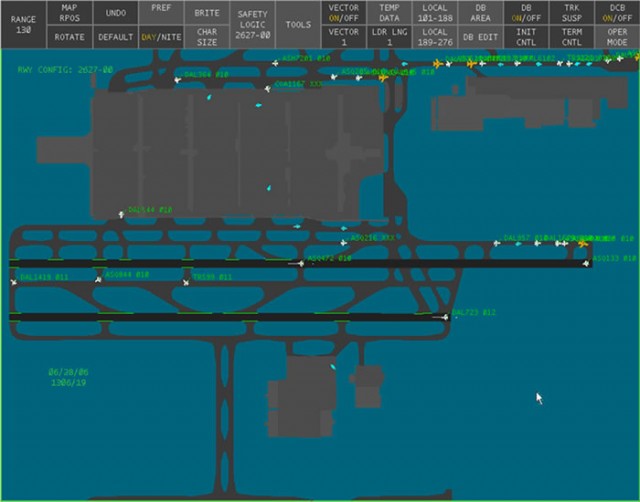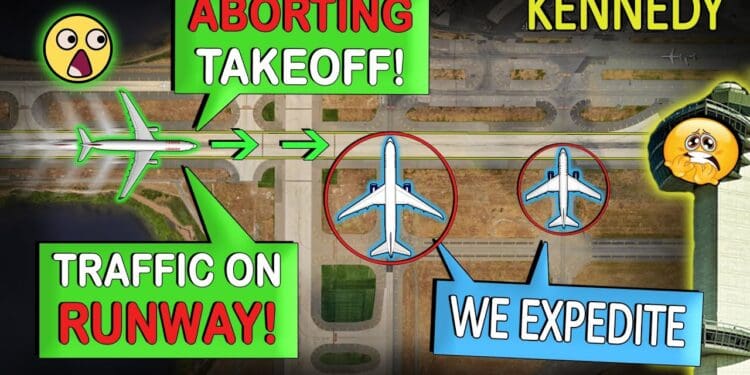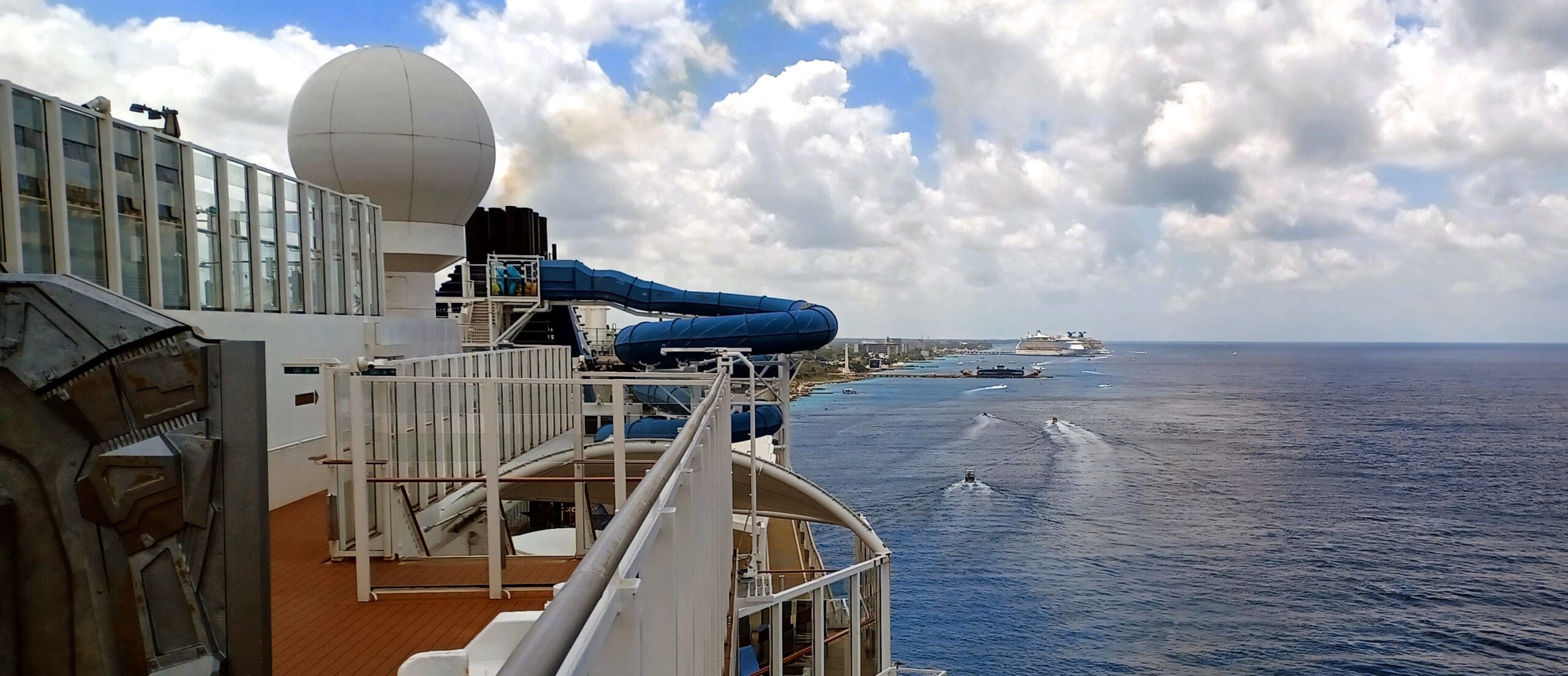Advertiser Disclosure: Eye of the Flyer, a division of Chatterbox Entertainment, Inc., is part of an affiliate sales network and and may earn compensation when a customer clicks on a link, when an application is approved, or when an account is opened. This relationship may impact how and where links appear on this site. This site does not include all financial companies or all available financial offers. Opinions, reviews, analyses & recommendations are the author’s alone, and have not been reviewed, endorsed, or approved by any of these entities. Some links on this page are affiliate or referral links. We may receive a commission or referral bonus for purchases or successful applications made during shopping sessions or signups initiated from clicking those links.
One of the most important things in aviation that happens every day without much thought is controller coordination. Controllers work with their colleagues in the towers and in air route traffic centers to safely move traffic around the national airspace system. One of the most risky movements to coordinate is runway crossings. If the arrival and departure controllers aren’t in tune with what the other is doing, disastrous things can happen.
When air traffic controllers aren’t situationally aware of what is happening around them, we get situations where a flight might cross directly in front of an aircraft barreling down the runway for takeoff.
Synopsis
We see what can happen when coordination and situation awareness breaks down, in the video we hear the departure tower controller give a Swiss Boeing 777 clearance for take off. At the same time, we hear the arrival controller give four separate aircraft clearance to cross the runway that the Swiss aircraft was just given instruction to takeoff from. Because both of these controllers are on separate frequencies, neither one heard the other. Most surprisingly is that the Swiss aircraft noticed the crossing traffic before the air traffic controller could react and discontinued their takeoff roll.
The Regulations
Every air traffic controller has a document that outlines policy and procedure, it is known as the 7110.65 (the point-65 for short or the controller’s “bible”). If you want to know the proper phraseology or procedures, that is where you look. Let’s take a look at what the 7110.65 says about runway crossings:
3–1–3 USE OF ACTIVE RUNWAYS
Ground control must obtain approval from local control before authorizing an aircraft or a vehicle to cross or use any portion of an active runway. The coordination must include the point/intersection at the runway where the operation will occur.
In short, the arrival controller would have to get permission from the departure controller to cross the active runway and would have specifically needed to point out all the traffic that would be crossing. Due to the fact that three aircraft were crossing the runway, the arrival controller would have needed to point each one out and gotten approval.
What Likely Happened
It is tough to say what exactly happened in the control tower, the controller’s transmissions are recorded locally and will likely be used to investigate the situation.
My best guess is that one of the controllers miscommunicated when the aircraft were supposed to cross, or it was not clear with the order of events that was coordinated between them. The very best scenario is that the departure controller told the arrival controller to cross the flights after the Swiss plane too off, instead they misinterpreted it as before.
The very worst-case scenario is that there was absolutely no coordination or communication at all between the controllers. And instead of their coordination, the arrival controller was giving crossing clearances after they observed the departing flight take off.
How Do We Solve This?
There’s no question that the aviation industry has seen a massive turnover in the last few years since the pandemic. A lot of older, knowledgeable employees left, and the new generation is being rushed through to backfill much needed staffing at airlines and air traffic control facilities. Years of experience may be a factor here, but since we have little information about this incident, we can only speculate.

We do have technology to prevent things like this happening. Most large airports implement a ASDE-X (Airport Surface Detection Equipment, Model X) system. ASDE-X monitors the aircraft on the ground and alert controllers of potential dangers. JFK is equipped with one of these systems. One downside to ASDE-X, is until an aircraft is detected as taking the runway and an intrusion aircraft crosses into the protected area, there is no alarm. Nothing prevents a controller from giving a bad instruction, but alerts when the safety has been breached physically.
Final Approach
Being an air traffic controller is an extremely stressful and demanding job where you are required to be at 100% all the time. The increase of traffic post-pandemic and understaffed facilities are putting a strain on the system. However, air traffic controllers work hard day-after-day to get us where we need to go safely. We will continue to learn and improve situations like this and make sure they don’t happen in the future.
Advertiser Disclosure: Eye of the Flyer, a division of Chatterbox Entertainment, Inc., is part of an affiliate sales network and and may earn compensation when a customer clicks on a link, when an application is approved, or when an account is opened. This relationship may impact how and where links appear on this site. This site does not include all financial companies or all available financial offers. Opinions, reviews, analyses & recommendations are the author’s alone, and have not been reviewed, endorsed, or approved by any of these entities. Some links on this page are affiliate or referral links. We may receive a commission or referral bonus for purchases or successful applications made during shopping sessions or signups initiated from clicking those links.











